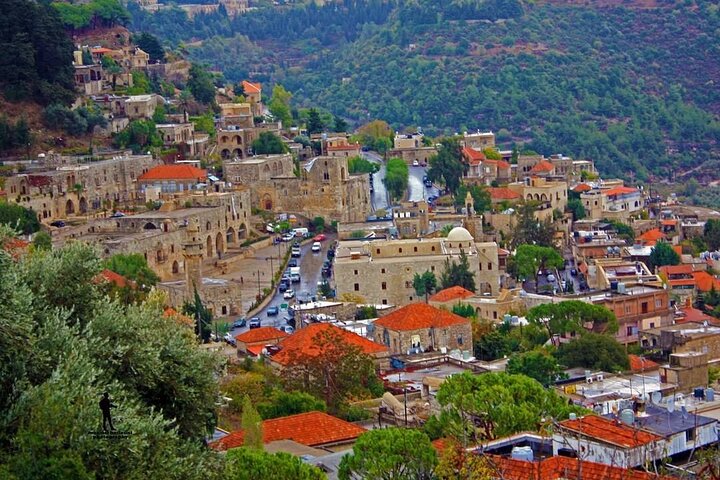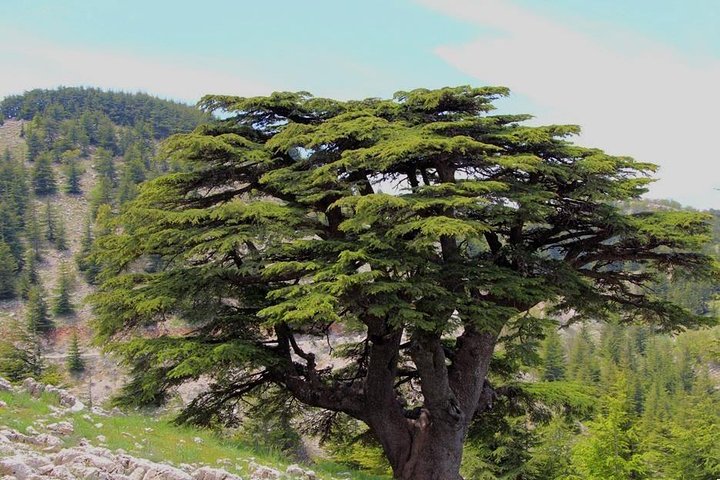Exploring Lebanon’s Spiritual Tapestry: A Journey Through Beiteddine and Beyond
Drawn by the allure of Lebanon’s historical and spiritual landscapes, I embarked on a journey to Beiteddine, Deir el Qamar, and Maaser el Chouf Cedars, eager to explore the rich tapestry of history and nature that awaited.
A Journey Through Time: Deir el Qamar
As I embarked on my journey from Beirut, the anticipation of exploring Lebanon’s rich tapestry of history and spirituality filled my heart. The drive to Deir el Qamar was a gentle ascent into the mountains, a transition from the bustling city to a serene landscape that seemed to whisper stories of the past. Deir el Qamar, or the “Monastery of the Moon,” is a village that stands as a testament to Lebanon’s diverse religious and cultural heritage. Walking through its cobblestone streets, I was enveloped by the harmonious coexistence of Christian churches and a mosque, a reflection of the village’s historical tapestry.
The village’s picturesque stone houses with red-tiled roofs, set against the backdrop of the mountains, offered a visual feast. I found myself pausing at the Saydet El Talle Church, a site that has witnessed centuries of devotion and transformation. The legend of the Druze Emir and the miraculous discovery of a cross beneath the moon and Venus symbol resonated deeply with me, a reminder of the spiritual connections that bind us across time and faiths.
The Majesty of Beiteddine Palace
Our journey continued to the Beiteddine Palace, a marvel of Ottoman architecture nestled in the heart of the mountains. As I approached the palace, its grandeur was immediately apparent, a “House of Faith” that has stood the test of time. Built by Emir Bechir Chehab II, the palace’s history is as intricate as its mosaics and courtyards. Each room and hallway seemed to echo with the footsteps of those who once walked its halls, from Ottoman rulers to French administrators.
The palace’s role as a summer residence for Lebanon’s presidents added another layer to its storied past. As I wandered through its gardens, I imagined the vibrant festivals and gatherings that once took place here, a celebration of culture and community. The palace’s resilience, having survived the ravages of war, is a testament to the enduring spirit of Lebanon and its people.
Embracing Nature at Maaser el Chouf Cedars
The final leg of our journey took us to the Maaser el Chouf Cedars, a sanctuary of nature and tranquility. The cedar trees, ancient and majestic, stood as silent witnesses to the passage of time. Walking among them, I felt a profound connection to the earth and the generations that have revered these trees as symbols of strength and endurance.
The crisp mountain air and panoramic views of the valley below were invigorating, a reminder of the beauty and resilience of the natural world. As I hiked through the reserve, I reflected on the importance of preserving such spaces, not only for their ecological significance but for the spiritual solace they offer. The cedars, with their deep roots and towering presence, seemed to whisper stories of the past, inviting us to listen and learn.
This journey through Lebanon’s historical and natural landscapes was more than a mere excursion; it was a pilgrimage of the soul. Each site, from the village of Deir el Qamar to the majestic cedars, offered a unique glimpse into the rich tapestry of Lebanon’s history and spirituality. As I returned to Beirut, I carried with me a renewed sense of connection to the land and its people, a reminder of the shared stories and spiritual bonds that unite us all.











































